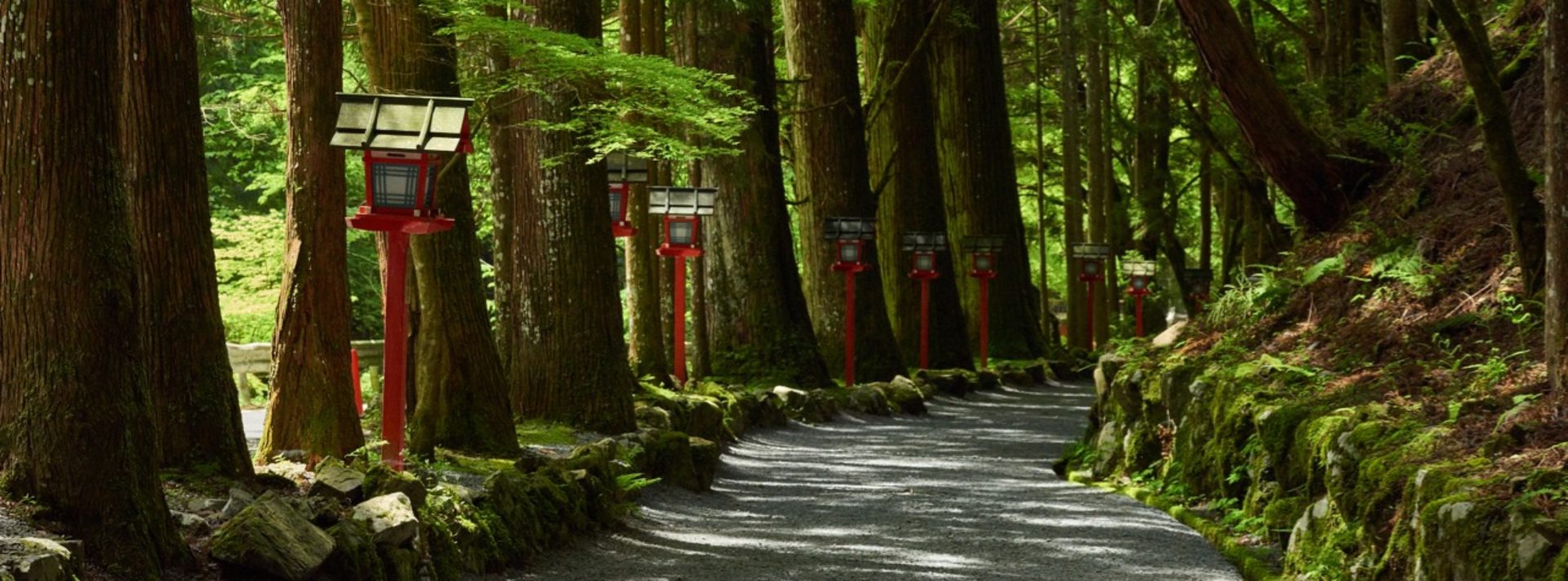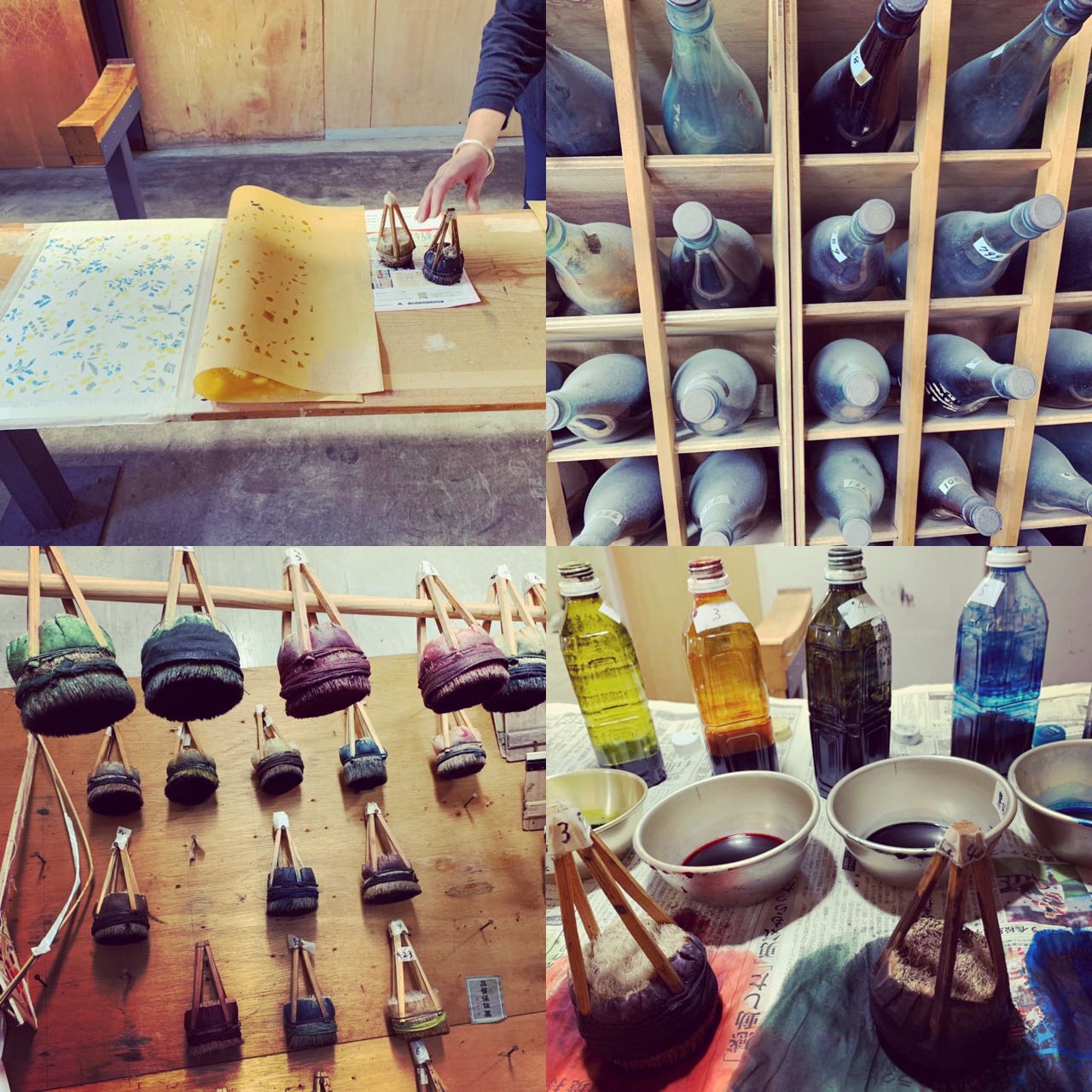Edo Komon and Edo Sarasa are 2 dyeing techniques developed in Edo, associated with the fashion for the samurai class and the blooming of the merchant culture. As a matter of fact, the Edo shogunate enacted laws to control luxury and clothing for all, allowing certain colors and materials only. Merchants for example would only wear brown and grey on cotton, pongee or hemp.
Making the most of what was lawful, Edo craftsmen developed amazing skills at expressing various worlds, often focusing on the inside of garments. Konya-machi exploiting the flow of Kanda river North East of Edo Castle was the main centre (including indigo dyeing) until workshops had to move further West in Meiji and Taisho times in pursuit of clean water.
Ochiai near Shinjuku became the new Kanda, with more than 300 workshops, until the propagation of Western style clothing marked the beginning of a steep decline. Amongst the 10 businesses or so surviving in the area, Futaba-en is aiming at saving and perpetuating the traditional techniques. The company is sitting on a cultural treasure, thousands and thousands of amazing brown stencils carved from washi papaer strengthened with persimmon juice.
With visiting clients from the world of luxury textile design, Passerelle participated to one of their authentic Edo Sarasa workshops.
Edo Sarasa was imported from India. Colors are applied with the help of a series of stencils (30~40 is not uncommon). In the case of Edo Komon, a mochi paste died with bamboo ashes is applied with the help of a set of stencils as well, then the cloth is died and rinsed, allowing for the design to reveal itself in white.
According to our teacher for the day, some of the detailed designs cannot be achieved with machines based by pixel units, unable to draw perfect circles for example.

